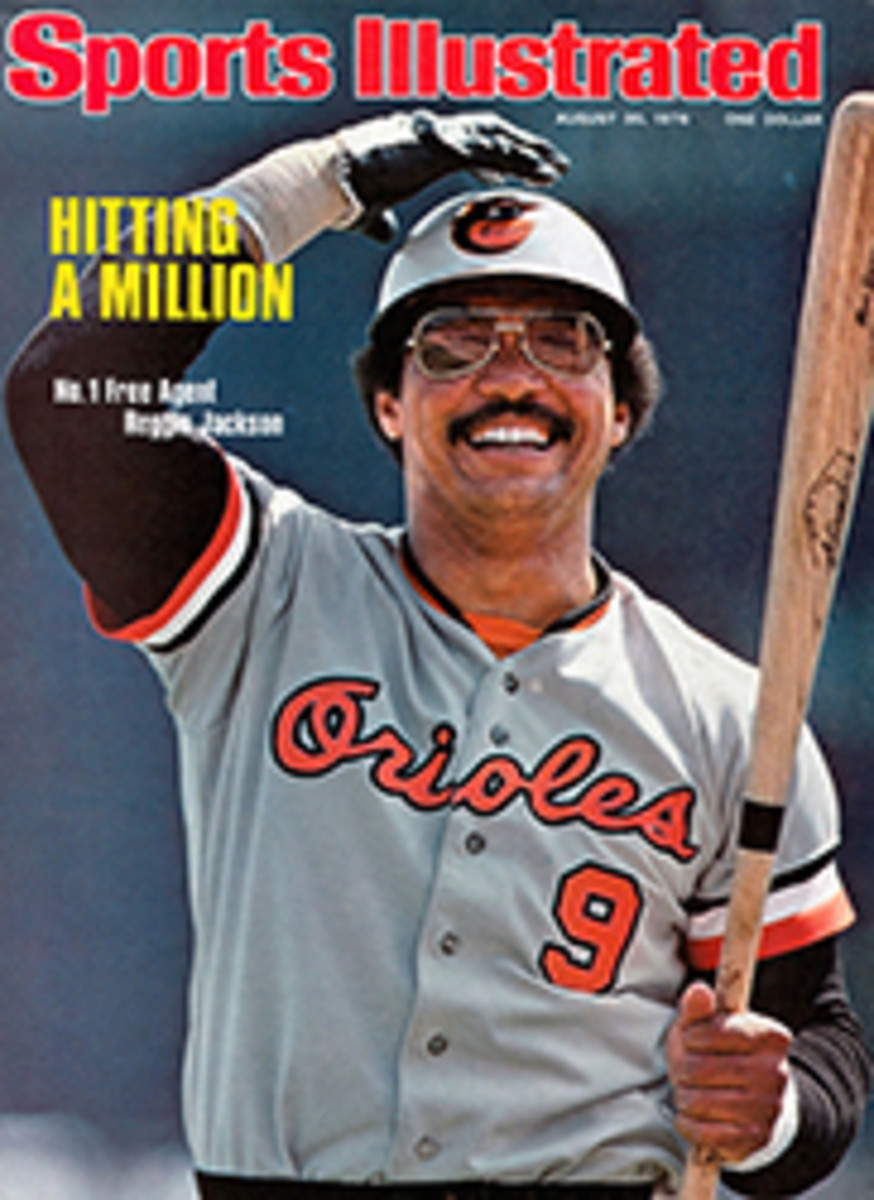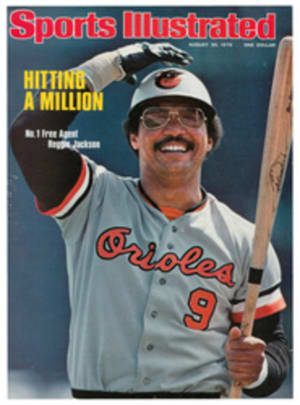
SOCCER IS GETTING A TOEHOLD
On June 15, 1975, 10 million people, easily a record American TV audience for soccer, watched The Return of Pelé, a CBS telecast of the Brazilian star's debut with the New York Cosmos. During that game, the network lost live coverage of the Cosmos' first score—on which Pelé had an assist—because it was running a commercial. Nine minutes later the 21,278 fans at New York's Downing Stadium saw Pelé head in a goal and tie the game at 2-2. At the same time, the millions of TV viewers were watching him take a pratfall on an instant replay of earlier action.
The size of the audience that saw Pelé on TV that day indicated that CBS, which is having a second romance with soccer, may no longer be bothered by one of the troubles—an acute lack of interest—that beset its earlier fling with the sport. But the network's 0-for-2 record in covering scoring plays involving Pelé clearly showed that a second problem—how to televise the games well—remains to be solved. The crux of that problem is that there are no time-outs in soccer, so TV must sacrifice live action when it runs replays and commercials.
Despite this dilemma, CBS is broadcasting more soccer this summer. On June 6 the network kicked off its three-year agreement with the North American Soccer League by showing a Cosmos-Tampa Bay Rowdies game. Pelé's presence once more drew a large TV audience (3.3 million households), and this time the network was luckier with its camerawork. It had live coverage of all the scoring plays. Although CBS passed up last week's crucial playoff between New York and Tampa Bay (page 22), it will conclude this season's coverage with a second telecast this Saturday of the NASL championship game in Seattle. Next year six TV games are planned: in 1978 CBS will show nine.
Someone should have suggested such a graduated timetable the last time soccer and CBS met. That was in 1967, when each week the network featured the now-defunct National Professional Soccer League. Neither the league nor the network was ready for the weekly show. By 1968 the sport was off the air, and a year later pro soccer was left with only five clubs.
Bill MacPhail, then head of CBS Sports, recalls some of the reasons soccer did a quick fade. "At that time the stadiums were empty, which made it tough for us to generate much excitement." he says. "The players had foreign names, their faces were unfamiliar, their backgrounds undistinguished."
Now the NASL standings are carried by newspapers, and photos of its international stars appear regularly on the sports pages. The league even has developed some quality U.S.-born players. Nonetheless, MacPhail wonders if the mid-'70s still aren't a bit premature for the resumption of televised soccer.
Ask NASL Commissioner Phil Woosnam his opinion, and he says, "If you give soccer a little television exposure, it will be off and running." He has a 75-page booklet to back him up. For example, Exhibit III in the pamphlet shows that there now is a soccer franchise near 27,050,700 families, or 40.45% of those in the U.S. The pamphlet also asserts that amateur soccer has grown 1,080% in the last 10 years and that three million American kids will be playing the game by 1985.
Even if this prediction comes true, will those youngsters watch the sport on television? Not if soccer follows the pattern of tennis. The networks have vastly increased their tennis coverage, but the boom on the courts has not resulted in healthy TV ratings.
Local television may be an answer. Seattle is one of seven NASL teams with its own local TV coverage. "I don't feel that national TV will make the league." says Sounders General Manager Jack Daley. "After we have more successful franchises and have put together our own local and regional TV packages, then the networks will build from that. The day of the networks creating a league is over."
The NASL is trying to build itself up by Americanizing the game. By 1985 the proposed 24-member league will allow only two foreign recruits per team. Toward that end, the NASL is encouraging the playing of the sport on all levels. It is keenly aware that Americans will not flock to watch soccer until the U.S. fields a topflight national team. In 1974, 700,000 North Americans paid $5 to $20 each for closed-circuit seats to the World Cup final between West Germany and the Netherlands. If, by the 1980s, American soccer has produced a squad capable of competing for the Cup, the number of home viewers for that event would surely jump into the millions. It is reasonable to expect that many of those same fans would then watch telecasts of NASL games, which would feature players from the American World Cup team.
Even if this scenario does not work out quite the way the NASL hopes, there is little question that soccer is growing and will receive increasing TV coverage. Here the challenge is finding directors who do not depend on luck in trying to broadcast the games adequately. Despite Americans' love of instant replays, they may have to be used more sparingly than in other sports, and knowledgeable directors probably can avoid many of those cases in which a commercial would cause viewers to miss a live goal. But regardless of how adept television is, there is no question that soccer is not ideally suited for America's system of privately sponsored TV. (In most European countries, where televised soccer is a hit, stations are state-owned and there are no commercials.) In the long run, that may not turn out to be an overwhelming problem. After all, not long ago a good argument could be made that soccer was not at all suited for the tastes of American fans.
PHOTO
PELÉ'S DEBUT FOR THE COSMOS KICKED UP THE NASL RATINGS

